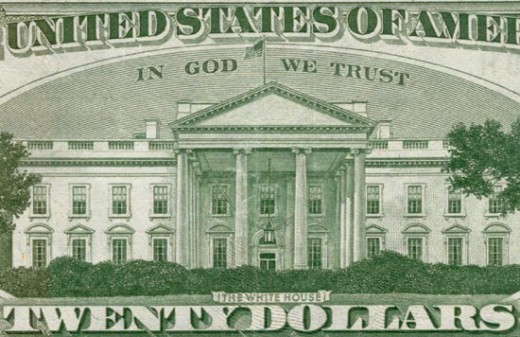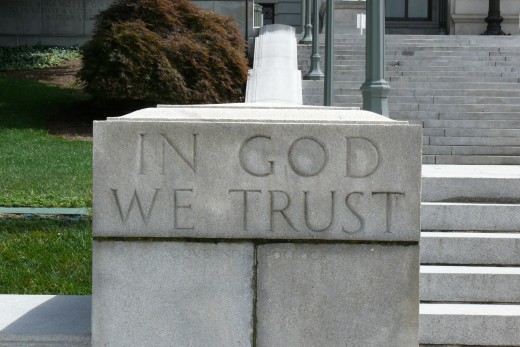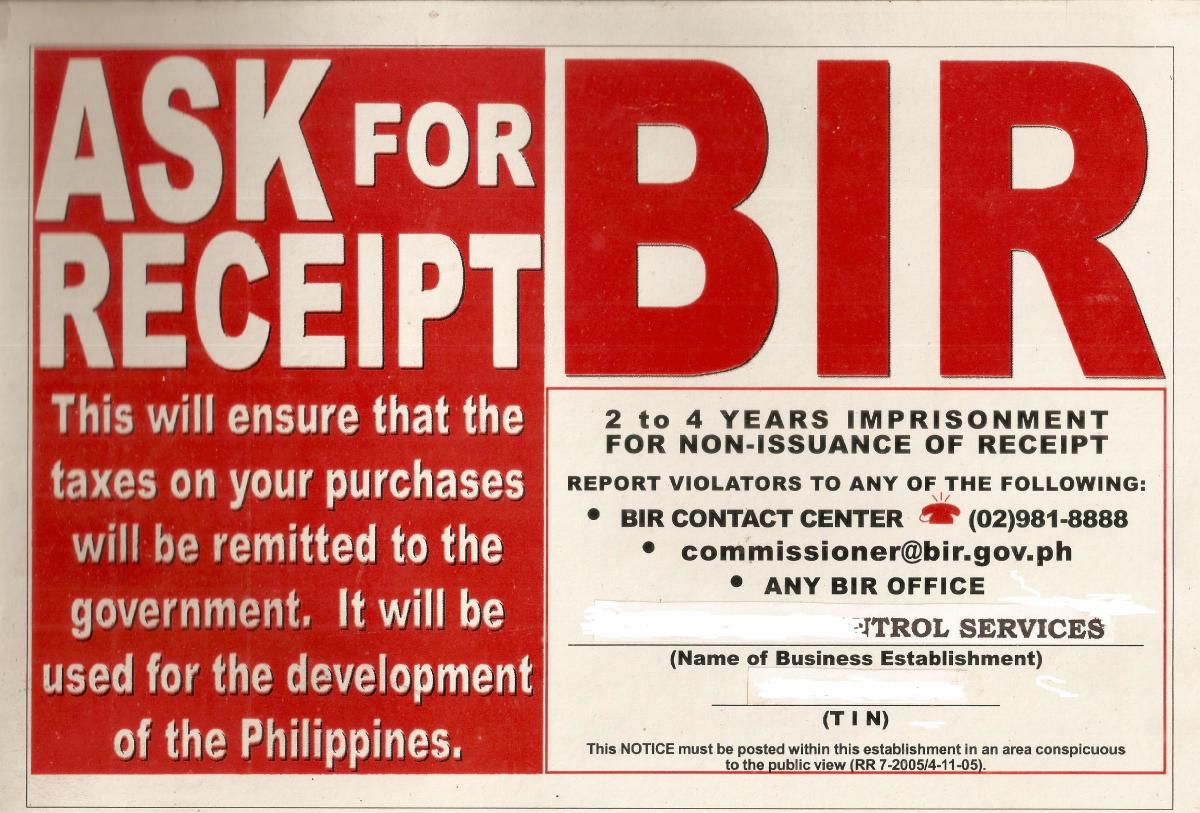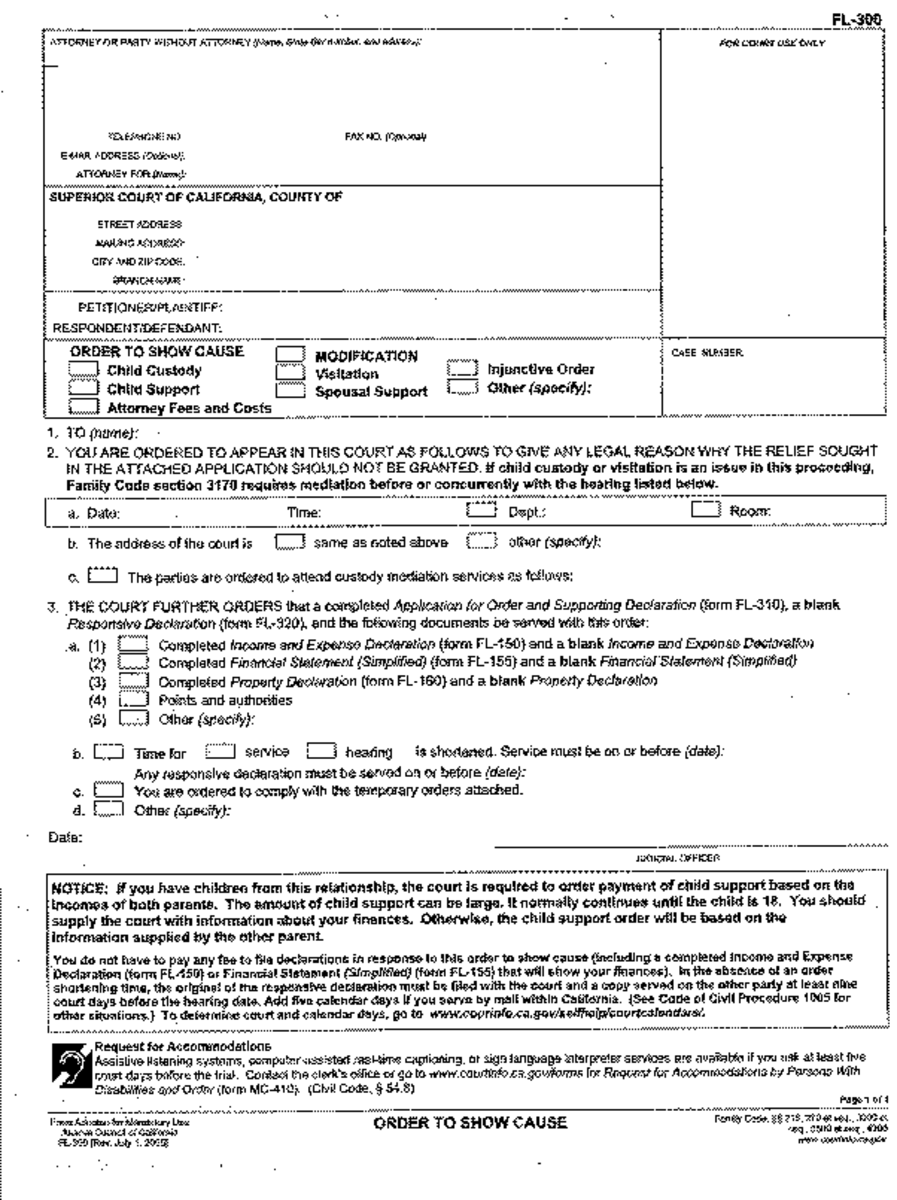- HubPages»
- Education and Science»
- History & Archaeology»
- History of the Americas
The Court’s change on Freedom of Religion
The first time in history that the phrase “separation of church and state” was used was in England. It was in the 1500s when the theologian Richard Hooker used it—a man who was involved in the Reformation.
The concern then was to stop this thing of church and state running each other. The government was mandating what religious activities are done and the church was carrying out the ‘sword’ of justice. There were voices at that time taking issue saying that should not be acceptable. They were advocating institutional separation between church and state.
The Court’s change of views on public expression of religion
From that period of time until 1947 the meaning of the “separation of church and state” phrase was consistent. A completely new meaning, however, was begun in 1947. This is when the court decided that we would use the phrase “separation of church and state” to interpret the language of the First Amendment. This is the interpretation that ruled the public expression of religion was an unconstitutional establishment of religion.
Prayer in schools till 1962
The myth now taught
Americans think this current meaning of the phrase is what it has always been. This myth is continually re-taught again and again. It is in our textbooks. We hear it every time a decision comes down from the Supreme Court. The court tells us that the Founding Fathers wanted separation of church and state, so you cannot have this or that religious activity, etc. It is repeated when the press reports the decisions of the court.
There are a lot of secularists who repeat it on a regular basis. And, we have very few Americans who know our own history. Frankly, we just do not know our own rights.
At the same time the courts are making these decisions, the Congress and Senate today pay to have chaplains on staff. It is like they can have prayer and the public cannot.
"In God we trust" on $20 bill

Court's nonsensical excuse
On the one hand the court is saying it is unconstitutional to have these religious activities, but on the other hand these activities were put in place by the people who wrote the Constitution.
So how can it be unconstitutional? These two opposing things have happened because of the way the court is handling this dichotomy.
"In God we trust" on coin

What the court came up with to explain (or excuse) this is a historical exclusion—what they call ceremonial deism.
Ceremonial deism says we have had “In God we trust” on coins since back in the Civil War. We’ve had it even farther back than that, actually—since the fourth stanza of the national anthem in 1813-1814 when Francis Scott Key wrote it.
We have had it in America for 200 years, so we need a good way to strike it down. We will say that nobody believes it anymore, and just leave it on the coins and money.
This is ceremonial deism. It is something just historical that is not believed anymore.
The Pennsylvania State Capitol, designed in 1902

The same thing is done on the question about chaplains serving in our government.
Chaplains have been there since the beginning. It’s one of those historical traditions that are out there. It does not really bother people. The court thinks that people do not really listen to the prayers anyway, so it is like the court is saying, "If you want to have a chaplain, go ahead."
Resource
- wallbuilders777's Channel - YouTube
At this website, you can obtain books and tapes about the original documents and original intents of America's founding, and also the archives of the radio program.
Court rules against the majority
In the 1962 case Abington vs. Schemp, the court reported that only 3% of the nation did not believe in religion or God. It sided with this minority against the beliefs of the majority, or 97% of the nation. The view of the 3% would now become the view by which the 97% would have to conduct its affairs.
This is the nonsensical way the judicial branch has come up with as exceptions to justify their insane reason for having flipped the First Amendment upside down.










